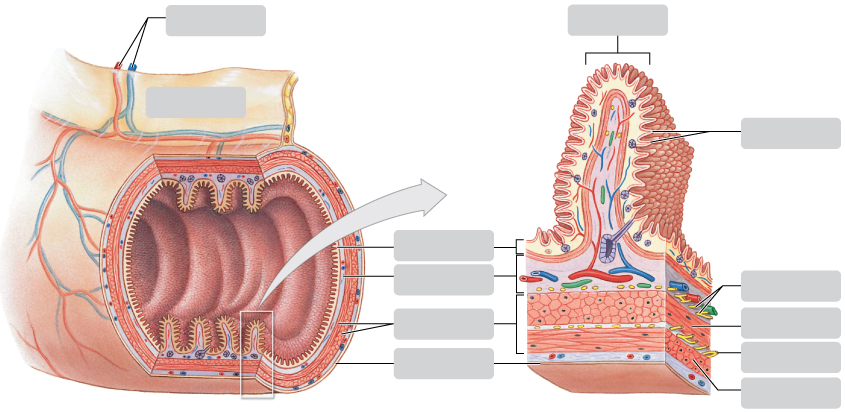BPK 110 Chapter Notes - Chapter 3: Esophagus, Emulsion, Membrane Transport Protein
Document Summary
Digestion: the process of transforming the foods into units for absorption. Absorption: movement of substances into or across tissues. Chemosenses: chemical sensing system in body, taste and smell. Cephalic phase responses: psychological responses triggered by sight, smell, thought, taste and sound of food. Gastrointestinal tract: hollow tube that begins at the mouth, and ends at the anus. Innermost-outer: lumen, epithelium, mucosa, submucosa, circular muscle, longitudinal muscle serosa. Sphincters: circular band of muscle fibers that act as entranceways. Enzymes: proteins in the body which speed up reactions, but is unchanged. Hydrolysis: to split compounds through the addition of water. Passive diffusion: simple diffusion from high to low concentration. Active transport: transport across membranes from low to high concentrations, requiring energy in the process (atp) Endocytosis: uptake of a material by a cell by the indentation and pinching off of its membrane to form a vesicle that carries material into the cell. Pinocytosis: process of endocytosis, for fluids and macromolecules.


 SubmitRequest Answer
Provide Feedback
Next
SubmitRequest Answer
Provide Feedback
Next
